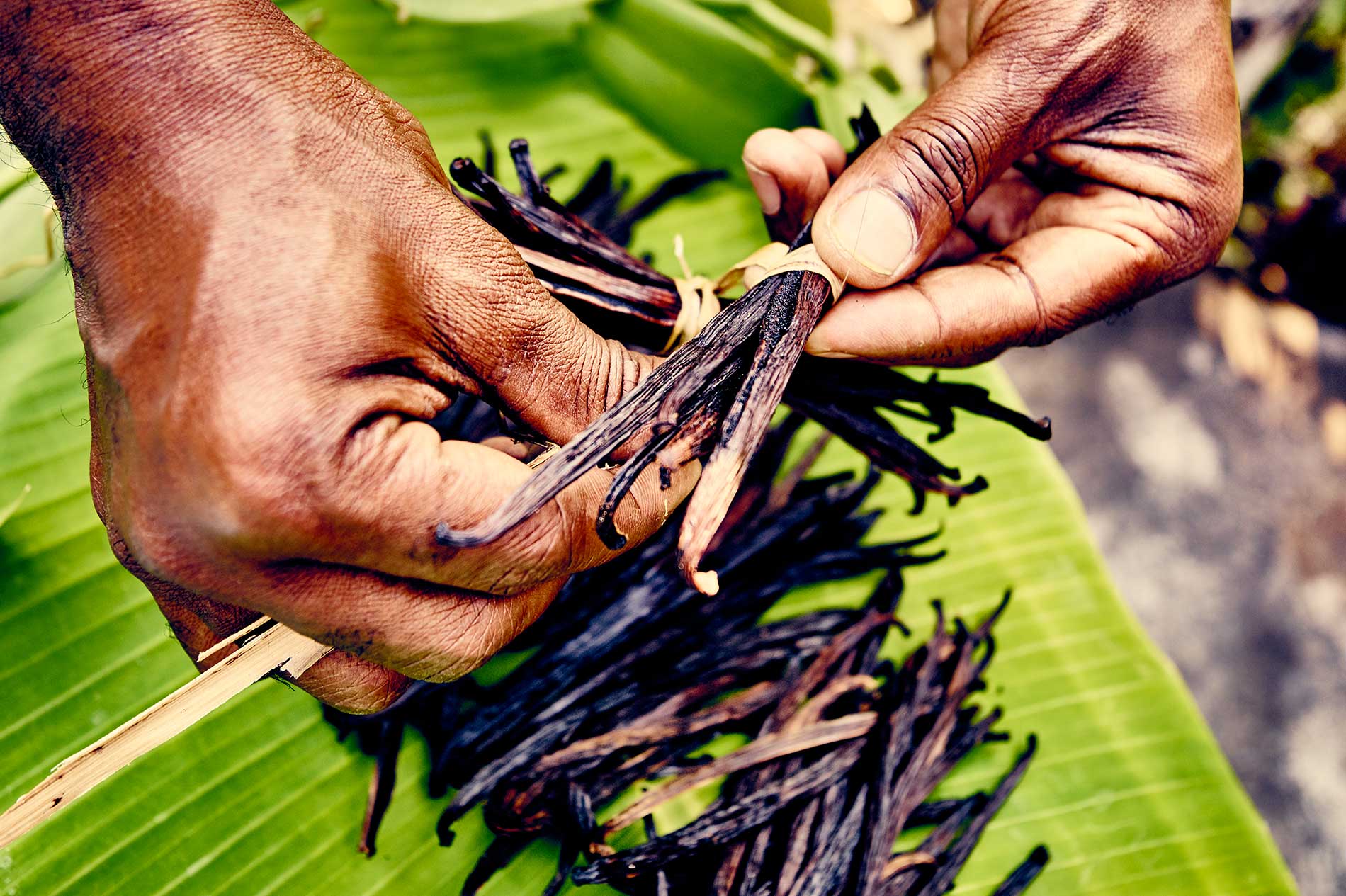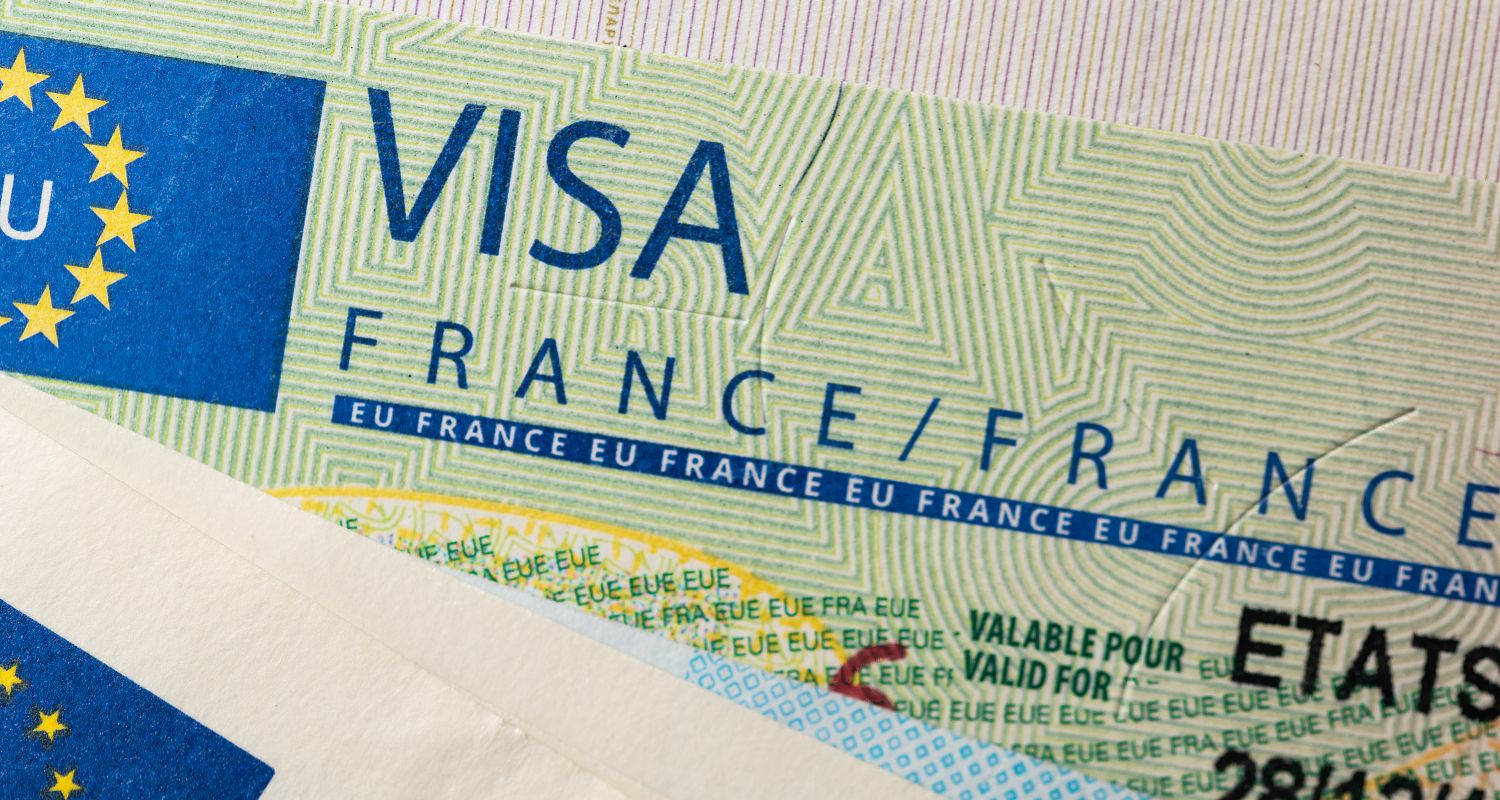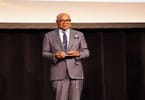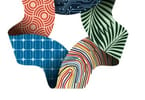Comoros is a volcanic archipelago off Africa’s east coast, in the warm Indian Ocean waters of the Mozambique Channel.
The union of Comoros is a group of three. The island of grand comores, moheli and anjouan. The island of Mayotte is part of Comoros island but not of the union. Situated in the Mozambique channel on the east coast of Africa, the union is a member of the African Union.
Comores is also a member of the Vanilla Islands
Tourism is becoming more important to the economy of the Union.
Just like the flora, the fauna is diverse and balanced, although there are few large mammals. There are more than 24 species of reptiles including 12 endemic species. 1,200 species of insects and a hundred species of birds can be observed.
The volcanic activity designed the coastline. Mangroves can be found across the islands. They are productive, providing organic materials and habitats suitable for many species. Terrestrial, freshwater (birds, etc.), and marine wildlife (fish, crustaceans, mollusks and various other invertebrates) are in the mangroves.
Coral reefs are appealing to tourists. They are extraordinarily colorful, form intriguingly shaped habitats, and are home to numerous species of wildlife. The reefs are a fascinating world to explore when diving and are an important tourist draw for our visitors.

MARINE FAUNA
The Coastal and marine fauna of Comoros is varied and includes species of global significance. The islands’ seas and coasts are home to truly extraordinary sights. There are about 820 species of saltwater fish, including the coelacanth, along with sea turtles, humpback whales, and dolphins.
The insularity of Comoros leads to many areas of natural beauty and an incredibly unusual landscape. The rate of endemism in terrestrial and marine fauna and flora, including algae, is very high. So it’s understandable that Comoros sees ecotourism as a top priority.
The nation state’s largest island, Grande Comore (Ngazidja) is ringed by beaches and old lava from the active Mt. Karthala volcano. Around the port and medina in the capital, Moroni, are carved doors and a white colonnaded mosque, the Ancienne Mosquée du Vendredi, recalling the islands’ Arab heritage.
The population in 2020 was 869,595.
On 22 December 1974, an independence referendum was held in Comoros.
Three islands chose to become independent. In Mayotte, however, 63.8% of the population voted to remain part of the French Republic. On 6 July 1975, the Comorian authorities unilaterally declared their independence.
Comoros may have been inhabited by people of Malayo-Polynesian descent by the 5th or 6th century CE and possibly earlier. Others came from nearby Africa and Madagascar, and Arabs also made up a significant portion of the early population.
The islands did not appear on a European world map until 1527 when they were depicted by the Portuguese cartographer Diego Ribero. The first Europeans known to visit the archipelago, somewhat later in the 16th century, appear to have been Portuguese.
The Englishman Sir James Lancaster visited Grande Comore about 1591, but the dominant foreign influence in the islands remained Arabian until the 19th century.
In 1843 France officially took possession of Mayotte, and in 1886 it placed the other three islands under its protection. Administratively attached to Madagascar in 1912, Comoros became an overseas territory of France in 1947 and was given representation in the French National Assembly.
In 1961, a year after Madagascar became independent, the islands were granted internal autonomy. Majorities on three of the islands voted for independence in 1974, but most of the inhabitants of Mayotte favored continuing French rule.
When the National Assembly of France held that each island should decide its own status, Comorian President Ahmed Abdallah (who was deposed later that year) declared the whole archipelago independent on July 6, 1975.
Comoros was subsequently admitted to the United Nations, which recognized the integrity of the entire archipelago as one nation. France, however, acknowledged the sovereignty of only the three islands and upheld the autonomy of Mayotte, designating it a “territorial collectivity” (i.e., neither a territory nor a département) of France in 1976.
As relations deteriorated, France withdrew all development and technical aid from Comoros. Ali Soilih became president and attempted to convert the country into a secular, socialist republic.
In May 1978 a coup led by a French citizen, Col. Robert Denard, and a group of European mercenaries brought Abdallah, the exiled former president, back into power.
Diplomatic relations with France were resumed, a new constitution was drawn up, and Abdallah was reelected president in late 1978 and again in 1984, when he ran unopposed.
He survived three coup attempts, but in November 1989 he was assassinated. Multiparty presidential elections were held in 1990, and Saïd Mohamed Djohar was elected president, but in September 1995 he was deposed in a coup led by Denard. The coup was defused when French intervention removed Denard and the mercenaries.
New elections were held in 1996. Under the newly elected president, Mohamed Abdoulkarim Taki, a new constitution was ratified and attempts were made to curtail government expenditures and increase revenues.
By August 1997 secessionist movements on the islands of Anjouan and Mohéli had become strong enough that their leaders declared each island independent of the republic.
The following month an attempt was made by the federal government to suppress the secessionist movement, but troops sent to the island of Anjouan were completely routed. The independence of the two islands was not recognized by any political polity outside the islands, however, and attempts to mediate the situation by international organizations failed.
Taki died suddenly in November 1998 and was replaced by an interim president, Tadjiddine Ben Saïd Massounde.
The constitution called for new elections, but, before any were held, the interim president was ousted in April 1999 by a military coup led by the army chief of staff, Col. Azali Assoumani, who took control of the government.
The new government was not recognized by the international community, but in July Assoumani negotiated an accord with the secessionists on the island of Anjouan.
The secessionists signed an agreement that established a presidential term that would rotate among the three islands. The rotating presidential term was approved by all three islands in December 2001, as was a new draft constitution that provided each island with partial autonomy and its own local president and legislative assembly.
The first federal elections under the terms of the new constitution were held in 2002, and Assoumani, from Grande Comore, was elected president. In 2006 the presidential term rotated to the island of Anjouan. Ahmed Abdallah Mohamed Sambi was declared the winner of the federal presidential election in May and assumed control of the federal government in a peaceful transfer of power.
The fragile peace was threatened in 2007 when the federal government, in response to violence and evidence of voter intimidation, ordered the Anjouan government to postpone the island’s local presidential election and called for Anjouan’s president, Col. Mohamed Bacar, to step down and allow for an interim president.
Bacar ignored the order and in June 2007 held an election in which he was declared the winner. The results were not recognized by the federal government or the African Union (AU): both demanded new elections, which Bacar refused to hold.
With the situation at an impasse, the AU imposed sanctions on Bacar’s administration in October, which had little impact in pressuring him to comply with their demands.
Comorian and AU troops invaded Anjouan on March 25, 2008, and quickly secured the island; Bacar avoided capture and fled the country.
The status of Mayotte—which was still claimed by Comoros but administered by France—was the subject of a March 2009 referendum. More than 95 percent of Mayotte voters approved changing the island’s status with France from a territorial collectivity to an overseas department in 2011, strengthening its ties with that country. Comoros, as well as the AU, rejected the outcome of the vote.
In 2010 the presidential term rotated to the island of Mohéli, and Ikililou Dhoinine, one of Sambi’s vice presidents, garnered the most votes in the first round of voting, held on November 7. He went on to win the December 26 runoff election with 61 percent of the vote, although his victory was clouded by allegations of fraud from the opposition. Dhoinine was inaugurated on May 26, 2011.
WHAT TO TAKE AWAY FROM THIS ARTICLE:
- Situated in the Mozambique channel on the east coast of Africa, the union is a member of the African Union.
- Around the port and medina in the capital, Moroni, are carved doors and a white colonnaded mosque, the Ancienne Mosquée du Vendredi, recalling the islands' Arab heritage.
- Comores is also a member of the Vanilla Islands Tourism is becoming more important to the economy of the Union.























